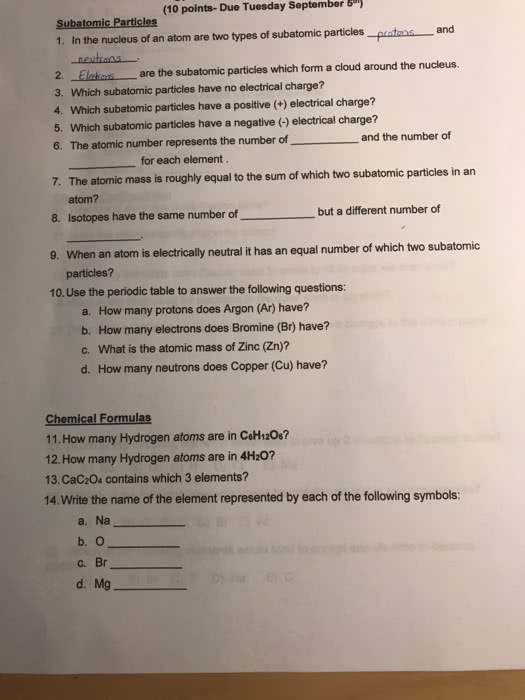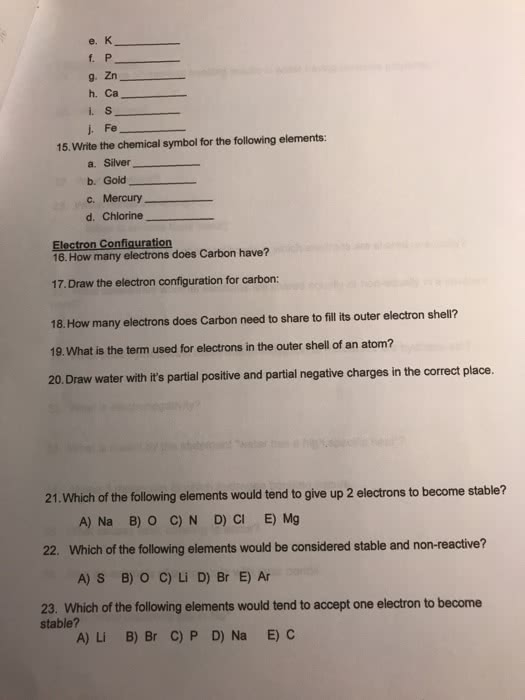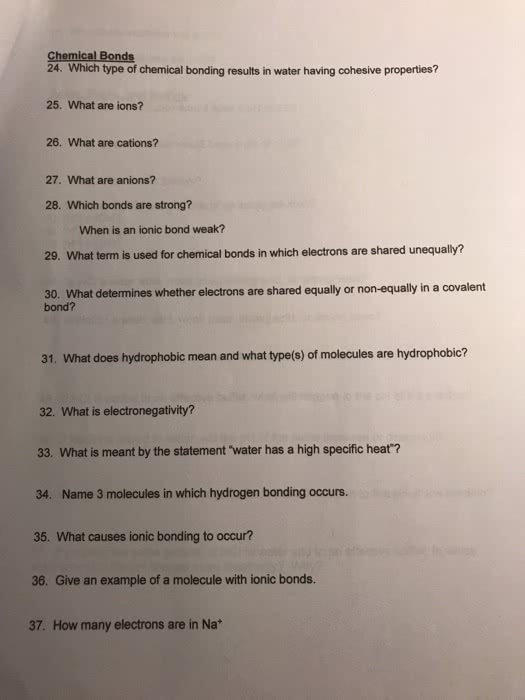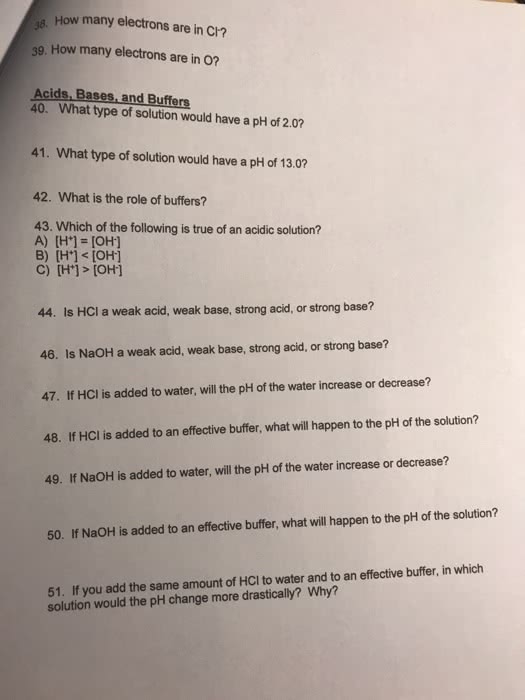CHM110H5 Lecture Notes - Lecture 9: Sodium Hydroxide, Ideal Gas, Equivalence Point
Document Summary
What exists: atoms (note: must know elements 1-36 + i & xe) Isotopes: atoms with different #neutrons: #protons = # electrons, #protons = atomic , #protons + #neutrons = mass # #p x mp + #n x mn + #e x me = atomic mass is not true: cl35 is 34. 59 w/ 75. 53% and cl37, atomic mass on periodic table are weighed averages. U atomic mass equals 238. 03, u235 is 235. 044, u238 is 238. 051. U235 0. 7: molecules, electrons of one atom interact with the nucleus of another atom, chemical bond i. Covalent (equal sharing of electrons) (0-0. 6 electron negativity) Polar covalent (sharing but not equal of electrons) (0. 7-1. 0 electron negativity) ii. iii. Ionic (give/take of electrons) (1. 0+ electron negativity: molecular mass - mass of 6. 02 x 10^23 molecules (g) v. 3d shapes: ions (charged atoms, formed from atoms with very different electron negativity i. ii. Oxidation- loses e (cations, less electronegative (left side of table))






